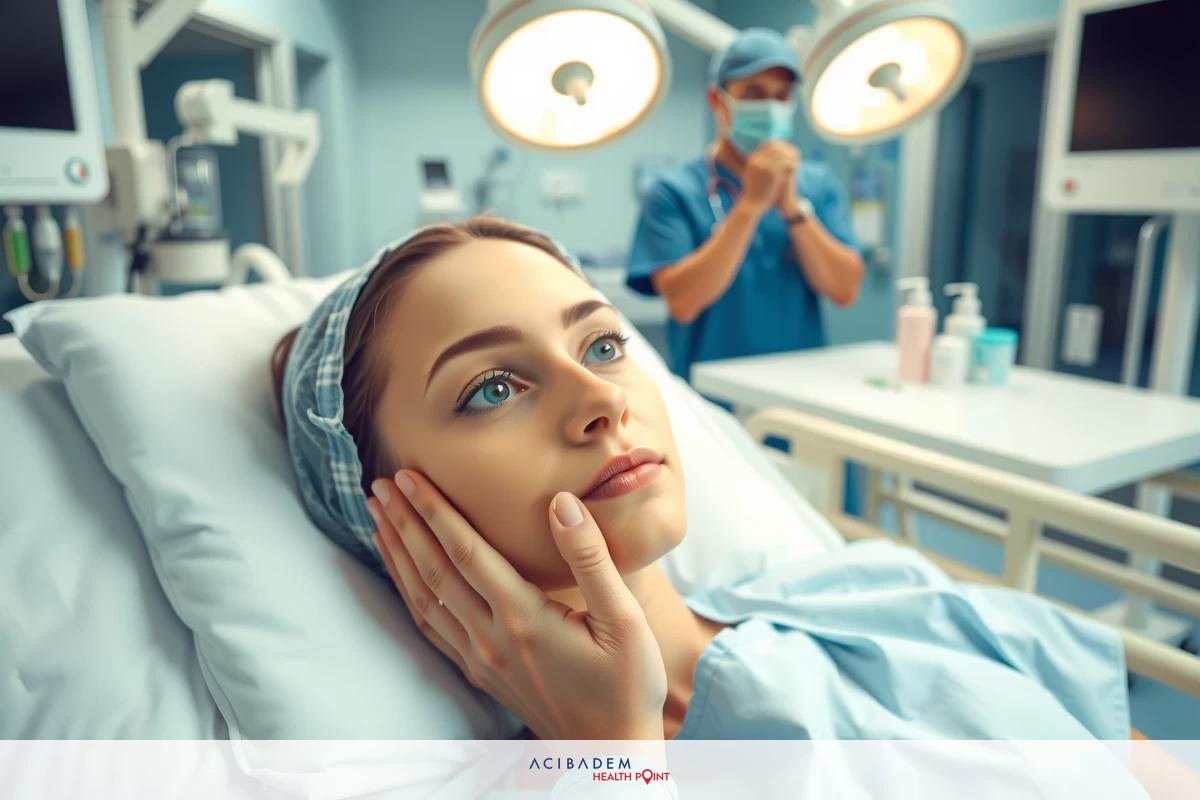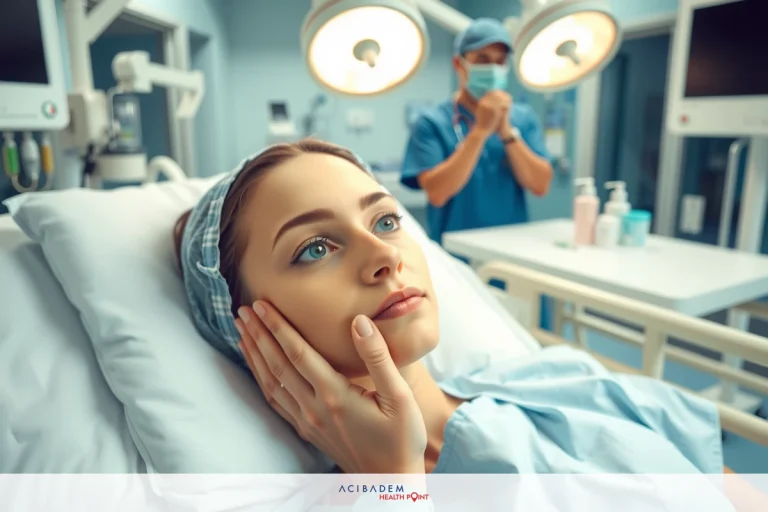How to Clean Blackheads After Rhinoplasty
How to Clean Blackheads After Rhinoplasty Rhinoplasty, is an operation that changes the shape of the nose. While it can improve the look and proportion of the nose, enhancing facial harmony, it is essential to take care of your skin after the surgery. One of the common concerns for many patients post-rhinoplasty is dealing with blackheads.
Cleaning blackheads after rhinoplasty can be a tricky task, but it’s crucial for maintaining good facial hygiene and promoting proper healing. The process requires gentle techniques that won’t interfere with the recovery process or cause further complications. This article offers practical tips and methods for effectively cleaning blackheads post-rhinoplasty, ensuring optimal skincare during the healing phase.
Why is it important to clean blackheads after rhinoplasty?
Post-operative care following a rhinoplasty procedure is critical to ensuring a smooth recovery. One of the elements often overlooked in this process is the importance of cleaning blackheads. Blackheads are small, dark lesions that appear on the skin, often on the face and nose. They are a type of acne caused when pores become blocked with dead skin cells and excess oil. In the context of rhinoplasty, the presence of blackheads can pose a number of risks, making their removal an essential aspect of skincare after surgery.
Blackheads can lead to infections if not properly addressed. Rhinoplasty involves creating incisions and reshaping or removing parts of the nasal structure. This exposes more areas to potential bacterial invasion, which can be exacerbated by the presence of blackheads. By effectively cleaning blackheads post-rhinoplasty, patients can reduce their risk of developing infections that might interfere with their healing process and overall health.
Blackheads can have an impact on the aesthetic outcomes of rhinoplasty. Patients usually undergo rhinoplasty for cosmetic reasons – to enhance facial harmony and improve their appearance. Blackheads can mar this improved appearance if they are allowed to persist post-surgery. Cleaning blackheads after rhinoplasty ensures that patients get to enjoy the full benefits of their procedure without any unsightly distractions.
Cleaning blackheads also promotes better facial hygiene. Good skincare practices are necessary after a procedure like rhinoplasty because they help maintain the health
and look of the skin while facilitating quicker healing. Cleaning blackheads reduces pore blockage, thereby minimizing the chances of acne development and other skin complications. This forms part of broader post-operative care measures aimed at achieving optimal results from your rhinoplasty procedure.
Recommended techniques for cleaning blackheads post- rhinoplasty
After undergoing a rhinoplasty procedure, it’s crucial to follow recommended techniques for cleaning blackheads to maintain facial hygiene and prevent complications. These methods should be both safe and efficient, ensuring they don’t interfere with the healing process. The following are some recommended techniques for cleaning blackheads post-rhinoplasty:
Gentle Cleansing: Use a gentle, soap-free cleanser twice a day. This helps remove excess oils and dead skin cells that can clog your pores and cause blackheads.
Warm Compresses: Applying a warm compress to the affected area can help open the pores and make blackhead removal easier. Ensure the compress is not too hot to avoid damaging your skin.
Over-The-Counter Treatments: Consider using over-the-counter treatments that contain ingredients like salicylic acid or benzoyl peroxide. They can effectively break down blackheads and prevent new ones from forming.
Avoid Squeezing: Do not try to squeeze or pop blackheads as it can lead to skin damage and even infection. Always consult a healthcare professional if blackheads become persistent.

Hydrate Your Skin: Keep your skin hydrated by drinking plenty of water and using a moisturizer suitable for your skin type. Hydrated skin tends to produce less oil, reducing the chances of pore blockage.
Healthy Diet: Consuming a diet rich in vitamins and antioxidants can help improve your skin health and prevent blackheads. Avoid foods high in fats and sugars as they can stimulate oil production.
Remember, everyone’s skin response can vary. What works for one person may not work for another. It’s always best to consult with your healthcare provider or a dermatologist to determine the most effective skincare regimen for you post- rhinoplasty.
Frequently Asked Questions
How soon after rhinoplasty can I start cleaning blackheads?
It's essential to follow your surgeon's instructions regarding post-operative care. Typically, you will need to wait until your surgeon gives you the go-ahead before attempting to clean blackheads or perform any skincare regimen. This is usually after the initial healing period, which can range from three to four weeks to a couple of months.
Can I use pore strips to remove blackheads after rhinoplasty?
It is generally not recommended to use pore strips or any adhesive-based products on your nose during the healing process after rhinoplasty. These products can be too harsh and may disrupt the delicate healing tissues. It's best to consult your surgeon for appropriate blackhead removal techniques that are safe for your specific situation.
Is it normal for blackheads to appear after rhinoplasty?
Yes, it is not uncommon for blackheads to appear after rhinoplasty due to various factors such as increased oil production or changes in the skin's natural balance. With proper skincare and regular cleaning, you can effectively manage and minimize their occurrence.
Can I use exfoliating scrubs to remove blackheads?
Exfoliating scrubs can be too abrasive for the delicate healing skin after rhinoplasty. It is advisable to avoid using harsh physical exfoliants like scrubs until your surgeon gives you the green light. Gentle cleansing techniques and chemical exfoliation with mild ingredients are usually more suitable during the healing process.
What should I do if I notice persistent blackheads or skin issues after rhinoplasty?
If you experience persistent blackheads or any concerning skin issues after rhinoplasty, it is important to reach out to your surgeon for guidance. They will be able to assess your situation, provide personalized advice, and recommend appropriate treatments or adjustments to your skincare routine if necessary.











